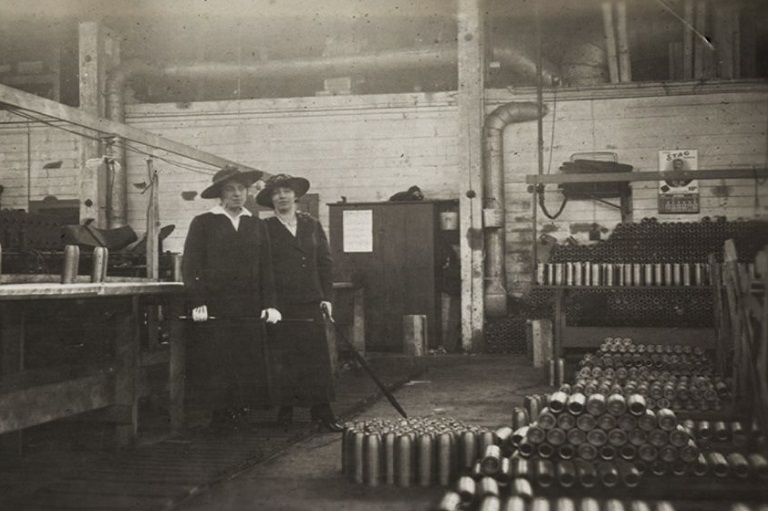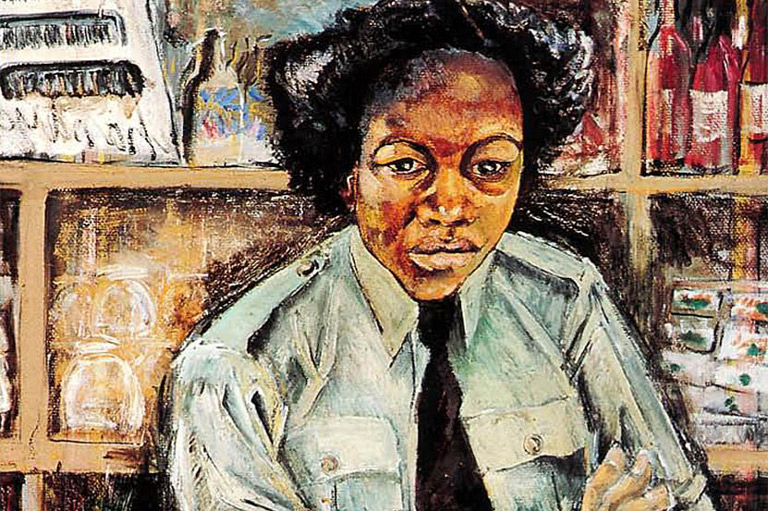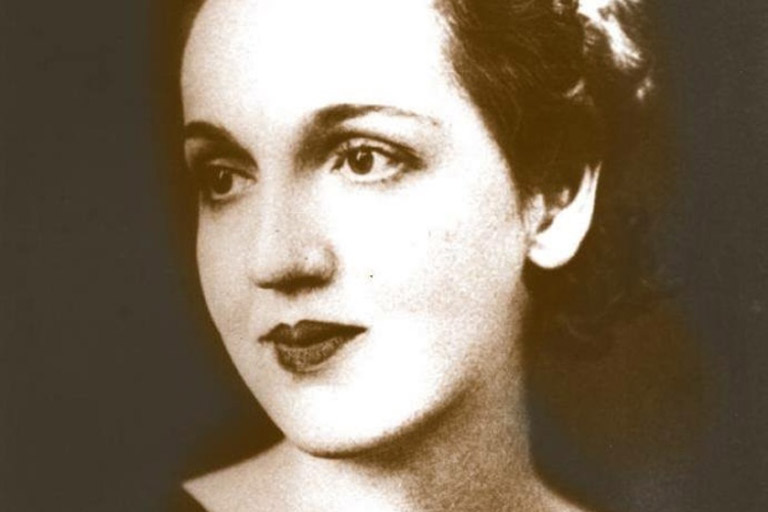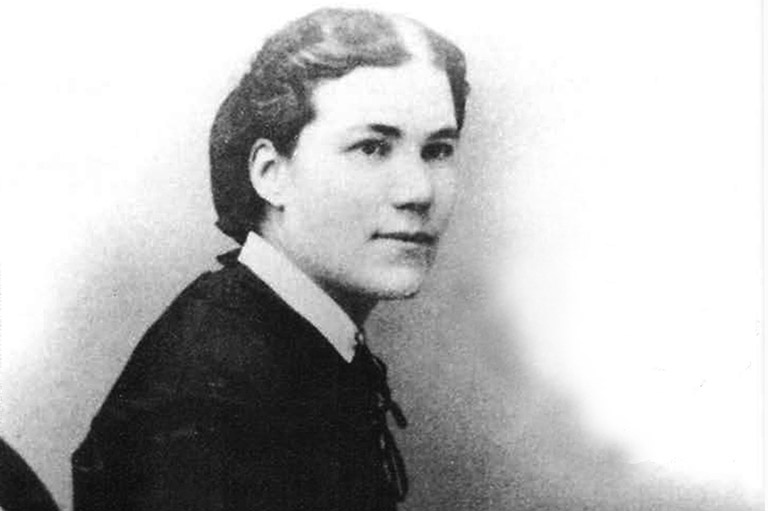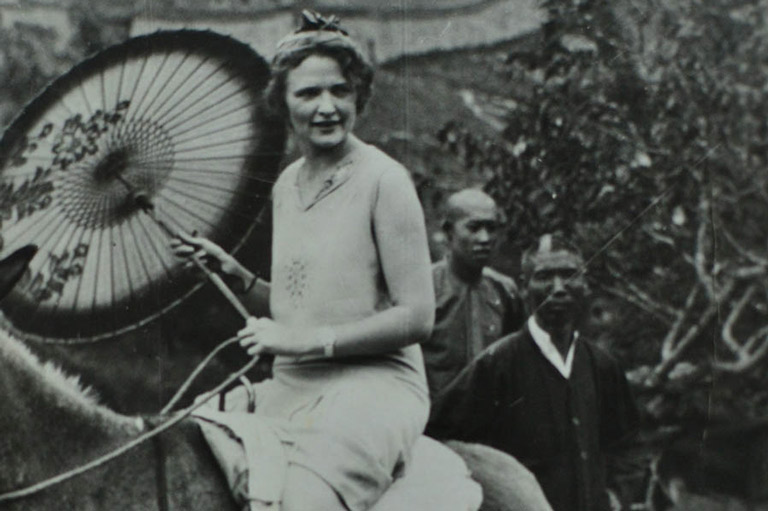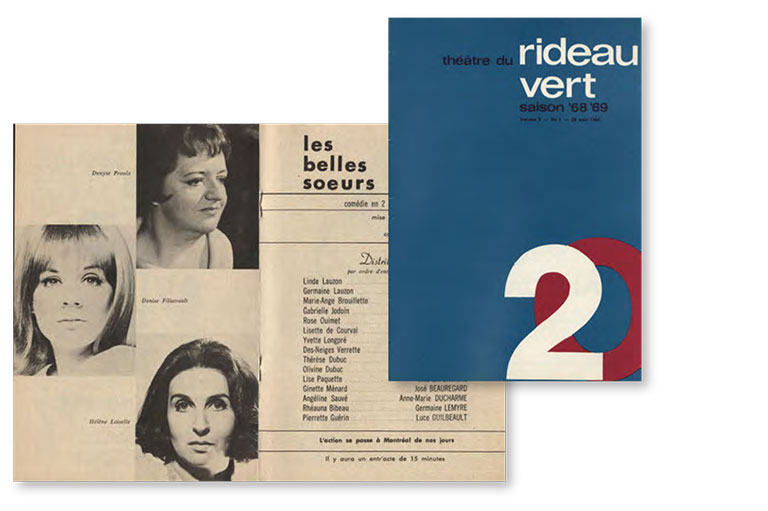Women and the War in the Air

On July 2, 1941, the Canadian Women’s Auxiliary Air Force was officially created. Similar to the Women’s Auxiliary Air Force, its British counterpart, the Canadian service was intended to bring women into the RCAF to meet the growing labour demands of the war. The first group of 150 recruits was selected from more than 2,000 respondents, and they began their training in October 1941 under the leadership of Flight Officer Kathleen Oonah Walker, from the Red Cross, and Squadron Leader Dr. Jean Flatt Davey, a physician from Women’s College Hospital in Toronto.
Women from across Canada were trained to serve in a variety of roles: In the beginning these were traditionally female jobs such as administrative assistants, cooks, and wireless operators, but soon the trades open to them expanded to include occupations such as mechanics and meteorologists. By January 1945, nearly 1,500 members of the renamed RCAF Women’s Division were serving overseas with RCAF 6 Group, and a total of 17,038 women served in the Women’s Division by the end of the war.

Author and historian Danielle Metcalfe-Chenail wrote in a 2017 article for Legion magazine that “the air force — and the rest of society — should have had no doubt that women could equal their male counterparts as aircrew, ground support and ‘total war’ aviation workers.” She highlighted the stories of Canadians like Margaret Littlewood, the first woman in Canada to instruct student pilots on a Link trainer (the original flight simulator); Moretta (Molly) Beall, a non-commissioned officer who would use her Women’s Division experience as a photographer to launch her postwar flying career; and Flight Lieutenant Margaret Parkin, who worked on armament and airworthiness research in Cold Lake, Alberta.
Despite the restrictions on women’s participation in the war, some women did manage to find a seat in the cockpit of an aircraft. Marion Orr attained her private pilot’s license in 1940, and, after working as an aircraft inspector and assistant air traffic controller, she made her way to England with fellow Canadian pilot Violet Milstead. Together they joined the civilian Air Transport Auxiliary, logging hundreds of hours bringing aircraft from factories to airfields. Orr and Milstead were both inducted into Canada’s Aviation Hall of Fame, and Orr’s story was recognized in a Heritage Minutes film in 1997. It would take until 1980 for the RCAF to allow female pilots to enter military service. Captain Leah Mosher, Captain Nora Bottomley, and Captain Deanna “Dee” Brasseur were the first three female RCAF pilots.

If you believe that stories of women’s history should be more widely known, help us do more.
Your donation of $10, $25, or whatever amount you like, will allow Canada’s History to share women’s stories with readers of all ages, ensuring the widest possible audience can access these stories for free.
Any amount helps, or better yet, start a monthly donation today. Your support makes all the difference. Thank you!
Themes associated with this article
Advertisement
With 7 uniquely curated newsletters to choose from, we have something for everyone.

